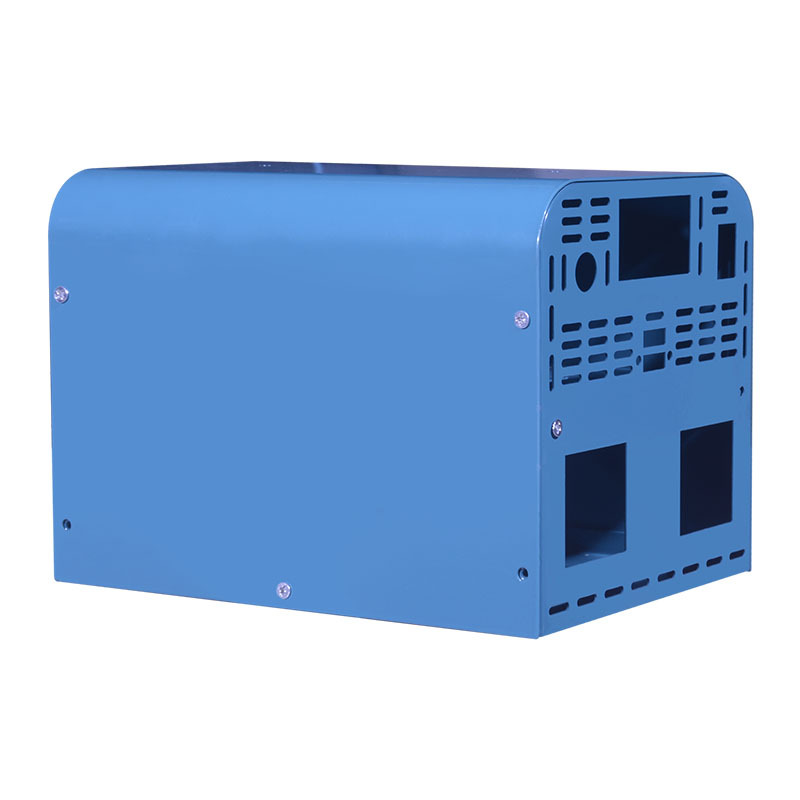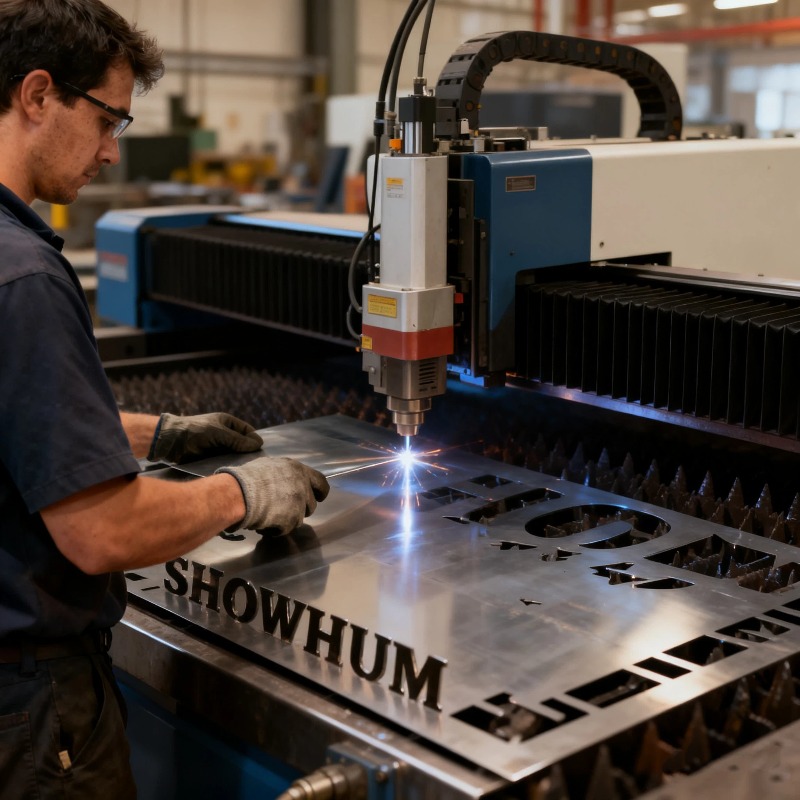
Metal bending is a fundamental process in industrial fabrication, used to transform flat metal sheets into functional shapes and structures. This versatile technique is essential in producing everything from automotive panels and building frameworks to custom enclosures and piping systems.
The most common method of bending is through press brakes, machines that apply force to shape metal sheets into precise angles. Modern press brakes are often CNC-controlled, allowing for high precision and repeatability. This makes them ideal for industries like aerospace and electronics, where exact specifications are critical.
For complex shapes, roll bending is frequently used. This method involves passing the metal sheet through rollers to achieve smooth, curved surfaces. It’s a popular choice for producing cylindrical components like pipes and tanks.
Air bending is another widely used technique, offering flexibility in achieving different angles without the need for multiple dies. This method reduces tooling costs and is especially useful for prototypes and small-batch production.
Material selection is crucial in metal bending. Metals like aluminium, stainless steel, and mild steel are commonly used due to their malleability and strength. The thickness of the metal also affects the bending process; thinner sheets are easier to shape but may require extra reinforcement for durability.
Advancements in bending technology, such as the use of robotic arms, have further improved efficiency and consistency in production. Robotic bending systems can handle repetitive tasks with minimal error, making them ideal for high-volume manufacturing.
Metal bending remains a vital process in fabrication, combining traditional methods with modern innovations to meet the demands of diverse industries.

 Sheet Metal Fabrication: Precision, Durability, and Versatility for Industrial Applications
Sheet Metal Fabrication: Precision, Durability, and Versatility for Industrial Applications
Sheet Metal Fabrication: Precision, Durability, and Versatility for Industrial Applications